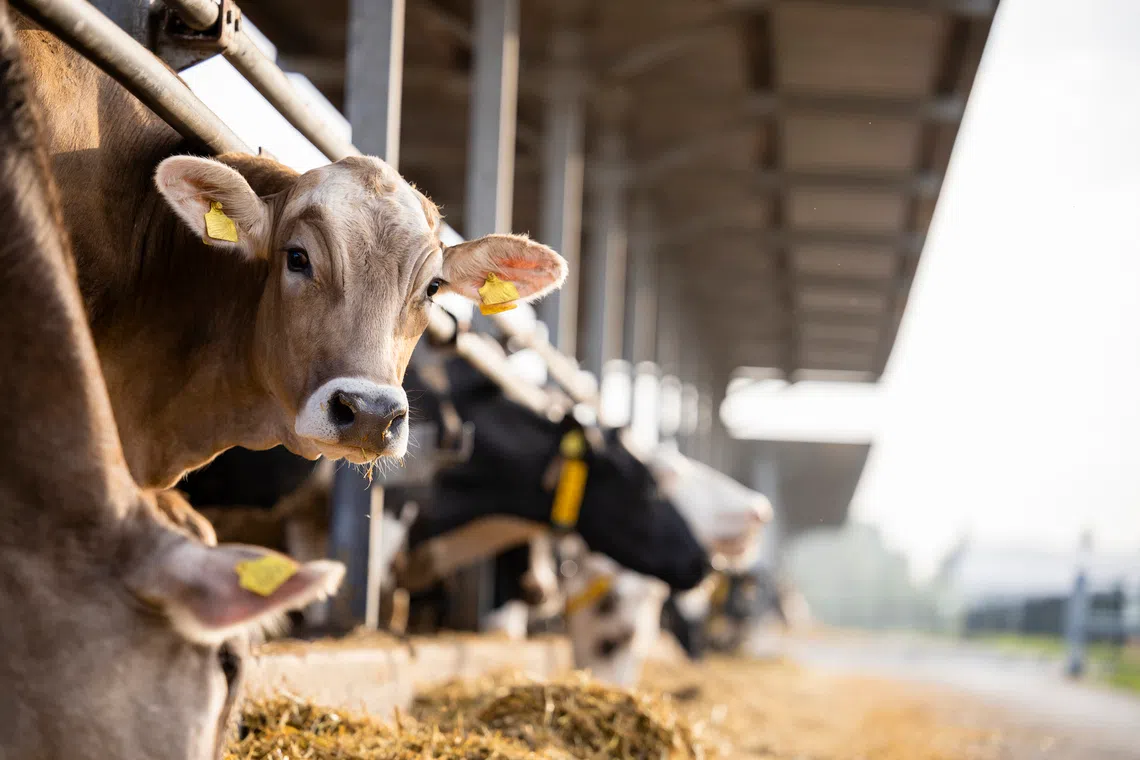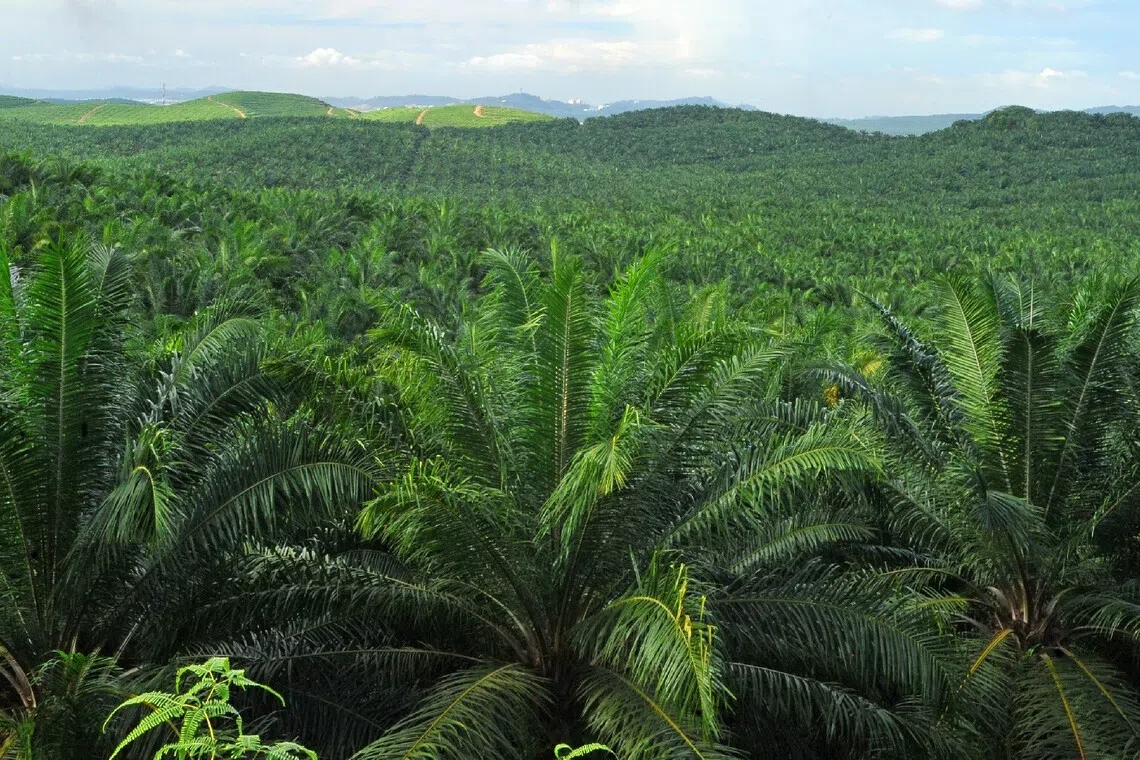From waste to fuel: Why bio-LNG could be South-east Asia’s next big source of clean energy
Produced from palm oil effluent, by-products of livestock and crop residue, bio-liquefied natural gas can help the region cut emissions and reduce reliance on imported fossil fuels
Think of renewable energy, and solar panels, wind turbines or hydropower usually come to mind. But in South-east Asia, a new form of clean energy is quietly emerging – one that turns agricultural waste into renewable power for ships, factories and homes.
Unlike traditional fossil-based gas, bio-liquefied natural gas (bio-LNG) is generated by processing biogas from decomposing organic waste material such as palm oil mill effluent, crop residues and food or livestock waste. It does not compete with food sources and helps to reduce waste that would otherwise end up in landfills.
For an agriculture-rich region, bio-LNG offers a circular economy solution, reducing reliance on fossil fuels by converting waste into a valuable alternative. As demand for liquefied natural gas (LNG) – a type of natural gas which consists mainly of methane – continues to surge, large-scale adoption of this emerging technology presents an untapped opportunity to drive sustainable development in a low-carbon economy.
To put this into perspective, South-east Asia now accounts for about 5 per cent of global LNG imports – a share that is rising as nations reduce reliance on coal. For example, Thailand aims to increase electricity generated by gas power plants from 30 per cent to 40 per cent by the mid-2030s, while resource-scarce Singapore already relies on gas to power over 95 per cent of its electricity needs.
When properly processed, bio-LNG is a chemical twin to conventional LNG, which means it can be used seamlessly in existing power plants, shipping engines and pipelines.
Says Kelvin Wong, managing director and global head of Energy, Renewables and Infrastructure at DBS: “Chemically, bio-LNG is similar to fossil LNG. With that flexibility, bio-LNG can be used to replace fossil LNG at any time, without the need to overhaul existing facilities.”
The bank expects bio-LNG adoption to increase significantly over the next decade as energy demand in the region continues to grow.
Abundant feedstock is an added boon. South-east Asia produces over 80 per cent of the world’s palm oil, generating millions of tonnes of organic by-products each year. Left untreated, the waste breaks down into methane – which is up to 80 times more potent than carbon dioxide1. Harnessing waste not only diverts methane from the atmosphere but turns an environmental challenge into an energy opportunity.
For the shipping industry, the implications are transformative. As the world’s largest bunkering hub, Singapore supplies a substantial share of global marine fuel to the rest of the world. Bio-LNG has the potential to give shipowners a practical pathway to meet International Maritime Organisation decarbonisation targets while mitigating rising carbon costs.
Financing the greenfield challenge

Notwithstanding the potential benefits, bio-LNG projects face an uphill task in scaling. Most projects are greenfield ventures that lack the infrastructure and feedstock supply chains needed to operate efficiently. In addition, government support will be important in catalysing investment as regulatory incentives for producing bio-LNG across the region have been limited to date.
Notes Koh Eng Teh, executive director of Strategic Advisory at DBS: “Even though bio-LNG is cheaper to produce compared to sustainable aviation fuel or green hydrogen, it is still up to 70 per cent more expensive than conventional energy due to the lack of economies of scale and availability of mature technologies.” In addition, pioneering developers face high capital outlays, logistical barriers and other development risks which may deter investors.
Project financing offers one way to unlock capital. Unlike regular corporate loans that depend on a company’s balance sheet, project finance is built around the project itself – including its cash flows, contracts and assets. This means that funding can be raised on the strength of the project’s future revenues rather than solely on the borrower’s existing business.
As repayment depends on the project’s success, this model pushes developers to plan for profitability early – from locking in long-term offtake agreements to carefully managing construction and operational risks along the way.
Beyond providing capital, banks can also act as facilitators by bringing in equity partners, structuring long-term offtake agreements and engaging with regulators to build supportive policy environments.
“We are not only involved in the project financing but also helping clients find the right equity partners to bring projects to financial close and commercial operations. Our close relationships with offtakers, regulators and the wider LNG ecosystem enable us to connect our clients where necessary,” says Wong.
Pioneering bio-LNG in the region

Building South-east Asia’s bio-LNG future will require collective effort from financiers, investors and policymakers. With the right structures in place, the region can transform its agricultural waste into a reliable, lower-carbon energy source.
One notable initiative – potentially the world’s largest, and South-east Asia’s first bio-LNG project – is currently under development in Malaysia. Led by a team of industry veterans and with key regulatory permits and approvals in place, the project aims to convert palm oil mill effluent into liquefied biomethane for export and domestic use, supplying energy to both power generation companies and the shipping sector. DBS supported the project by helping to identify equity partners and potential offtakers, as well as providing advisory on project financing.
Once fully operational in 2030, the project is expected to produce up to 250,000 tonnes of bio-methane gas annually – enough to power 50,000 homes for a year.
As the push for renewable energy continues, bio-LNG could be South-east Asia’s new frontier of clean energy – turning waste into fuel for the region’s low-carbon future.
1https://www.unep.org/news-and-stories/story/methane-emissions-are-driving-climate-change-heres-how-reduce-them

Share with us your feedback on BT's products and services
